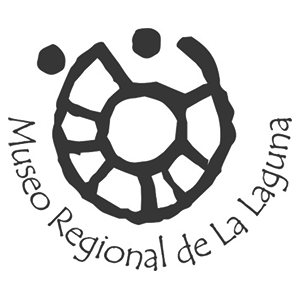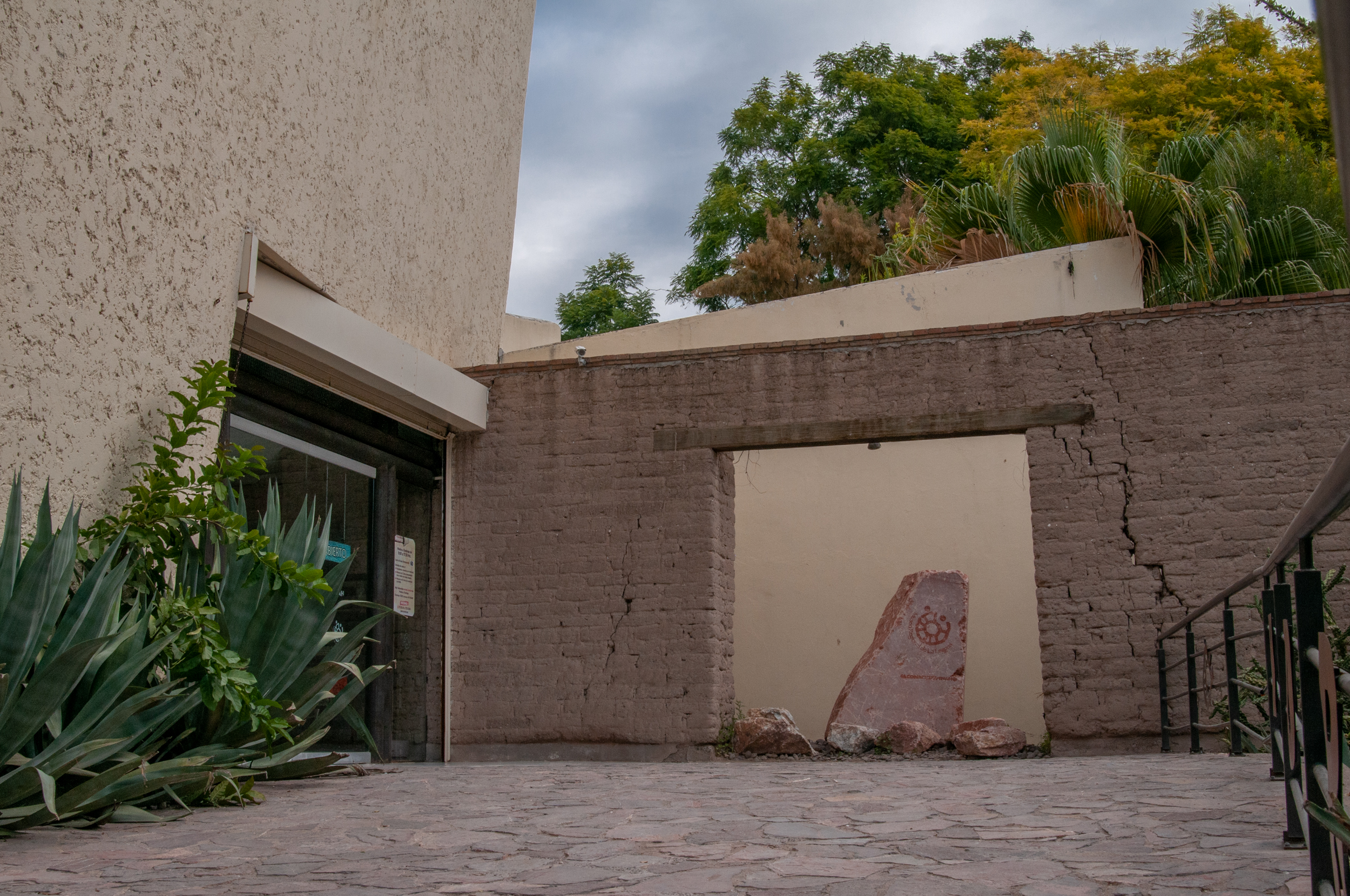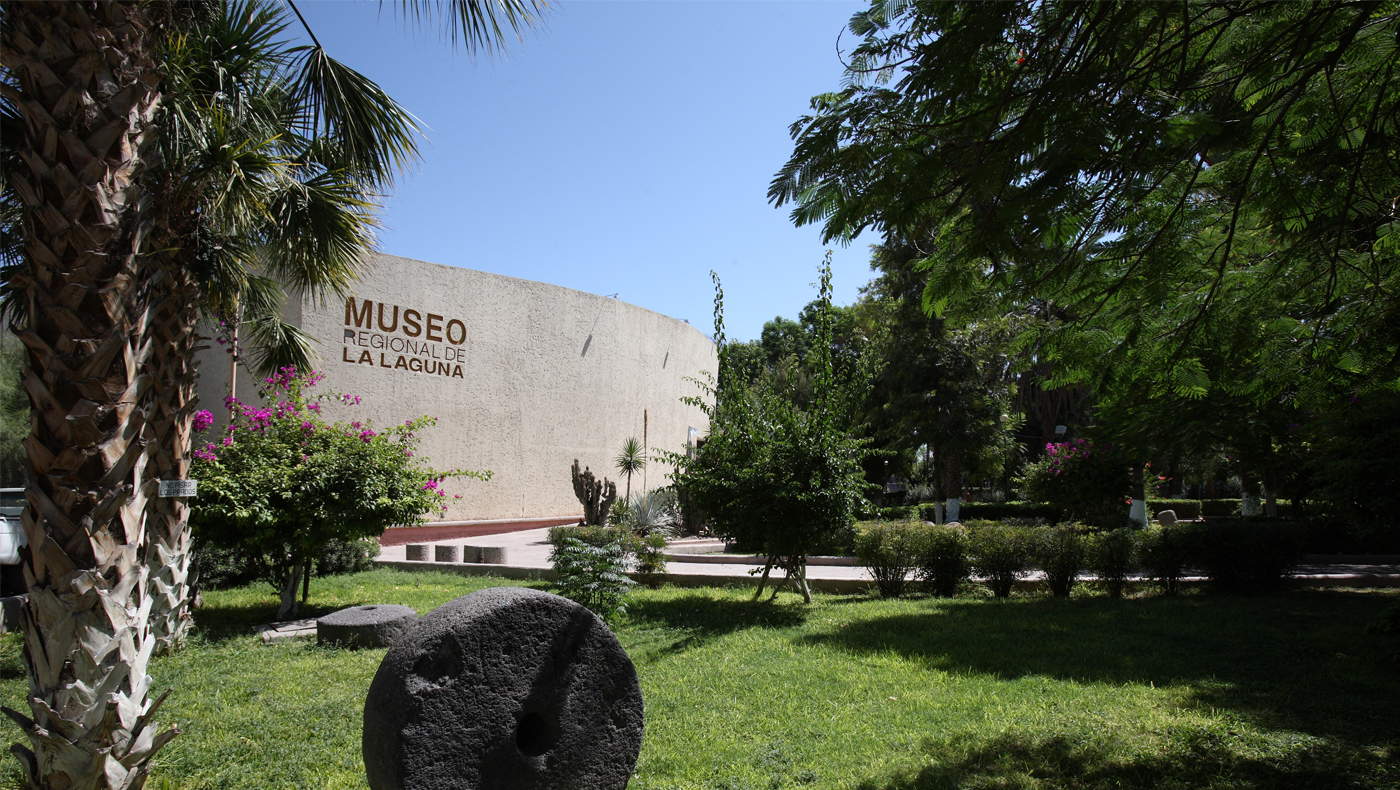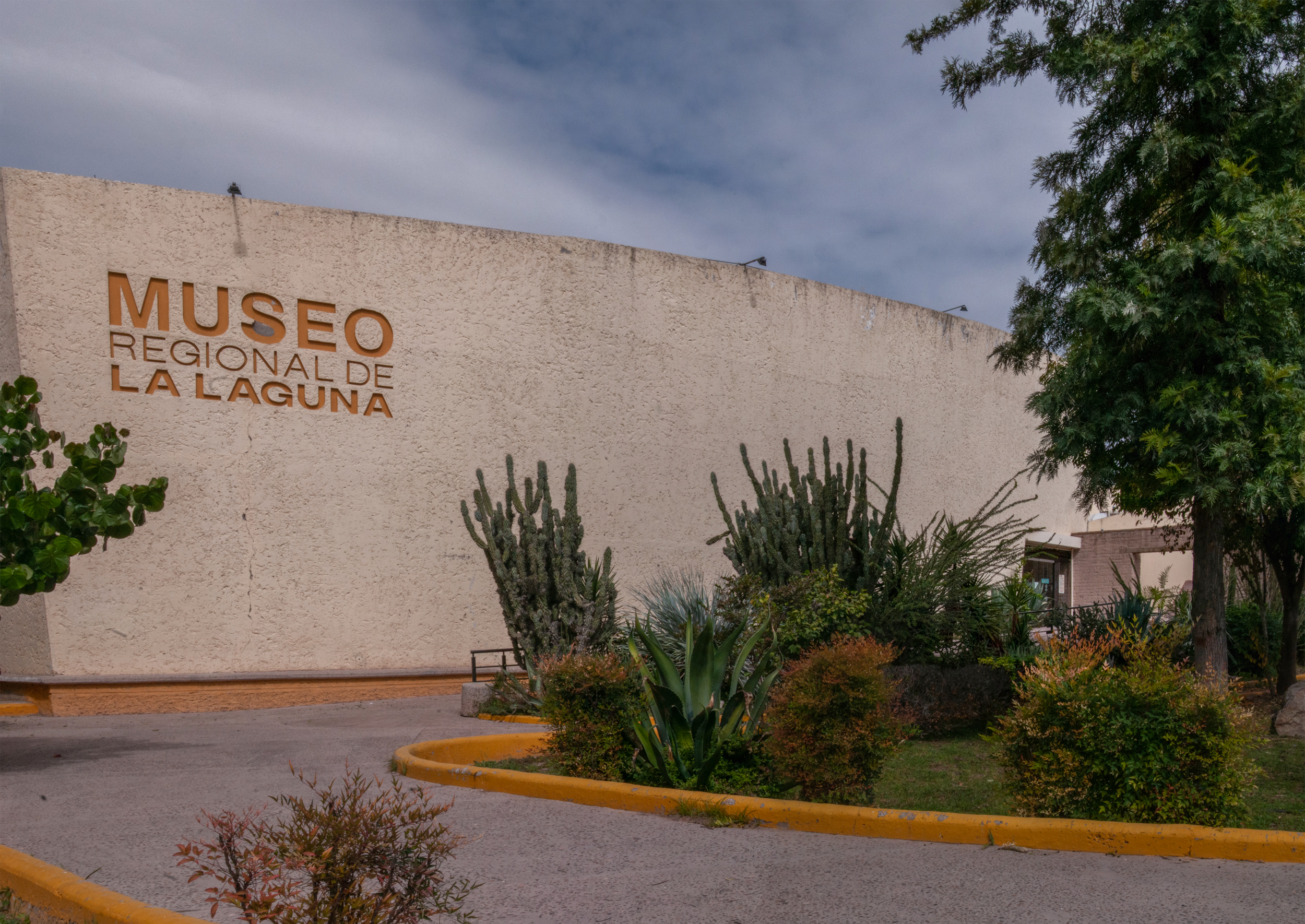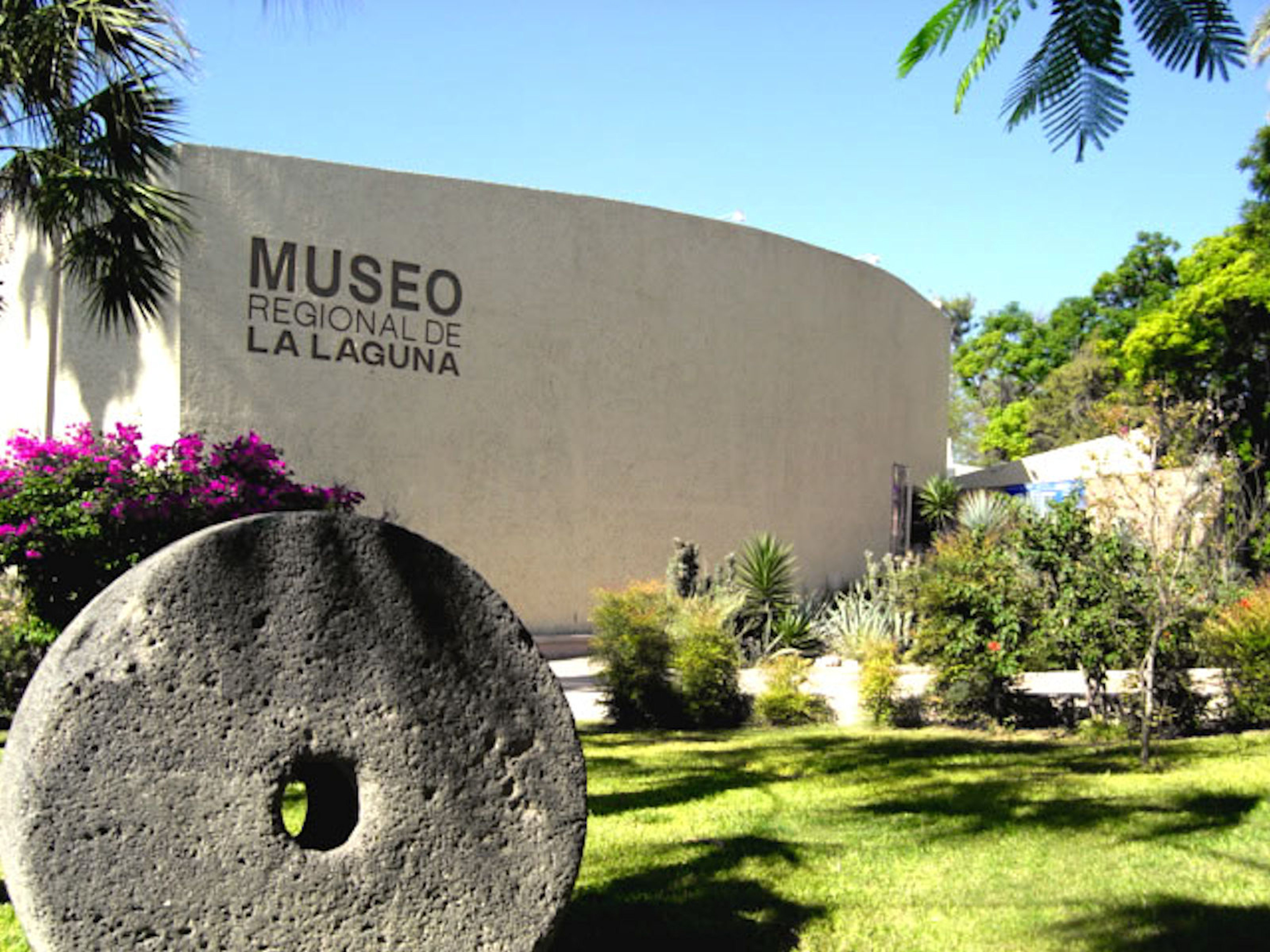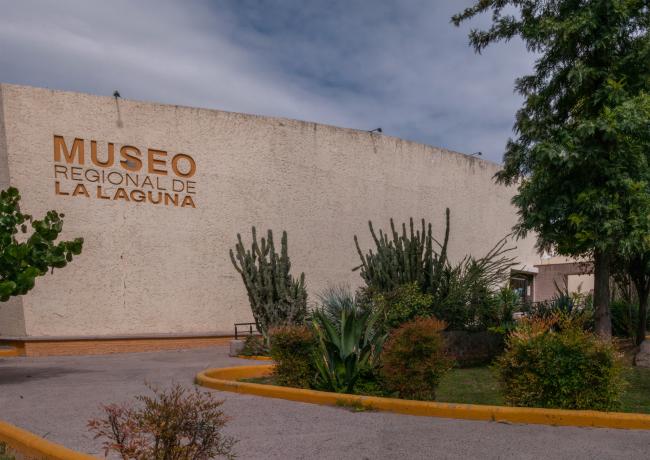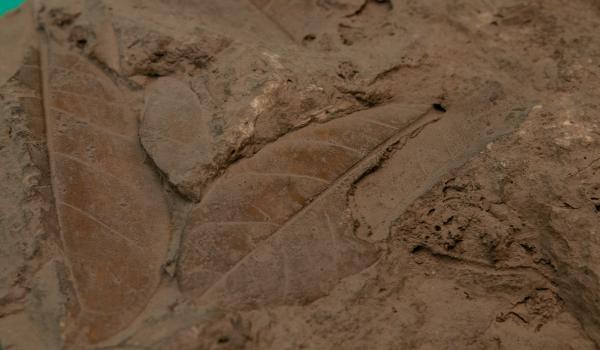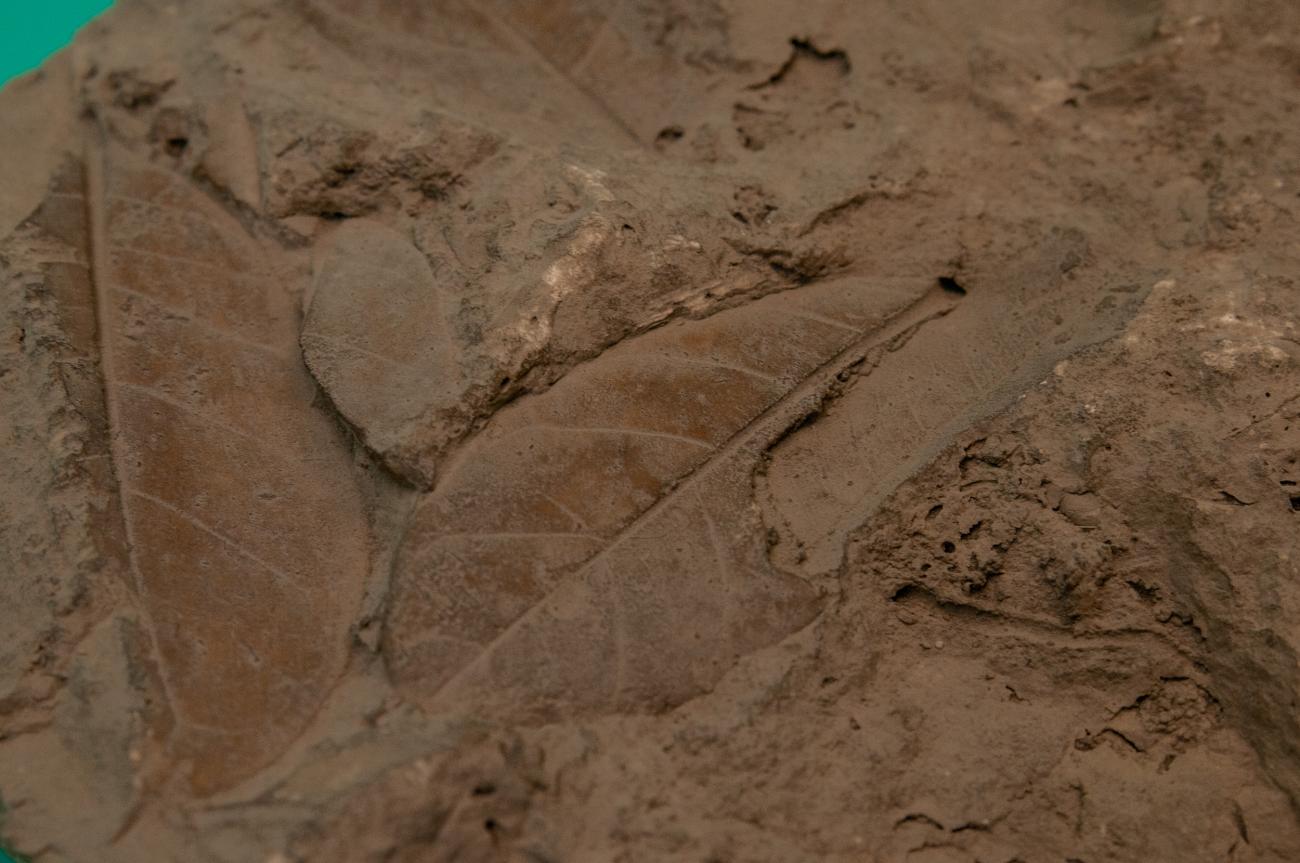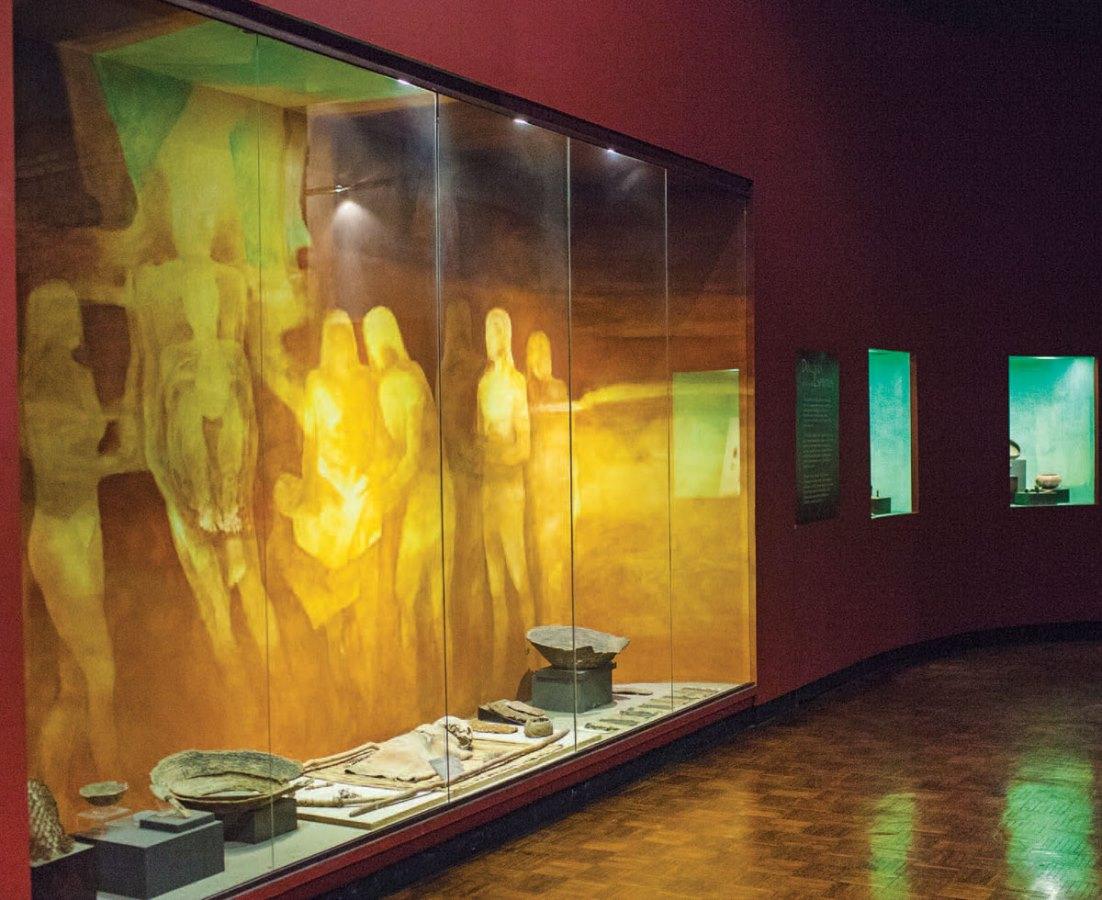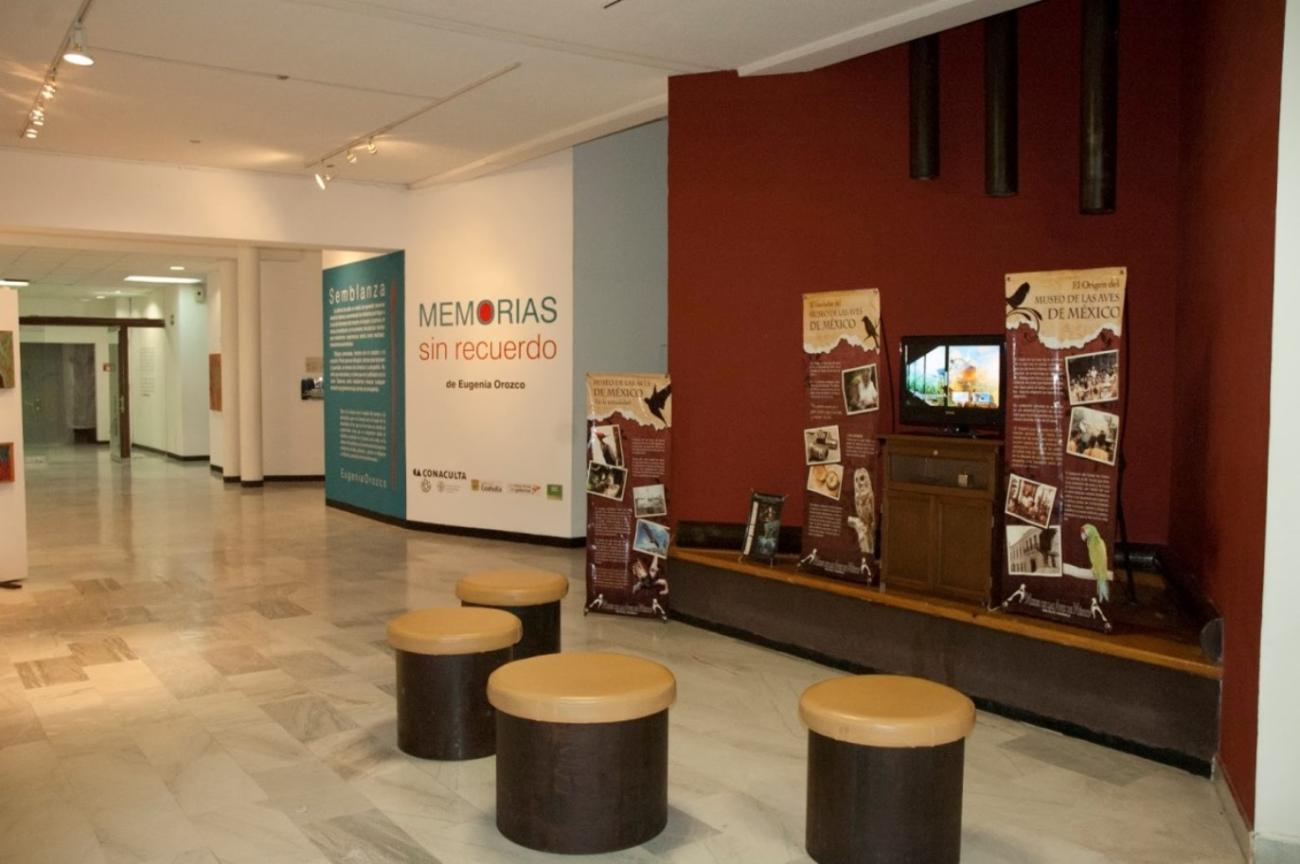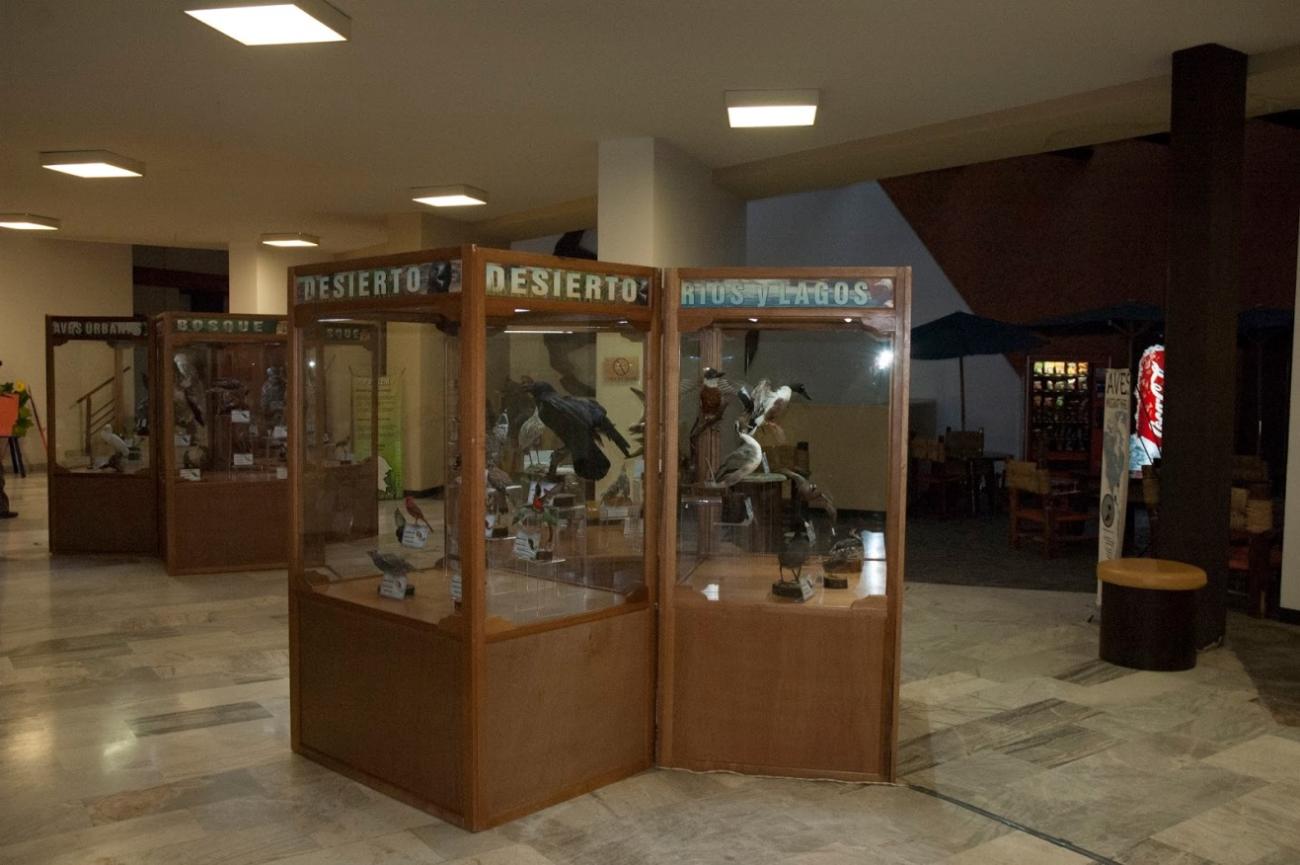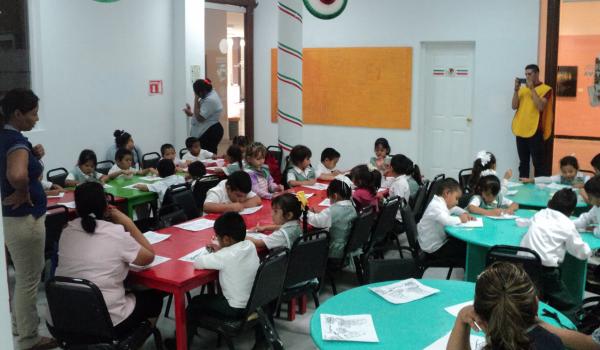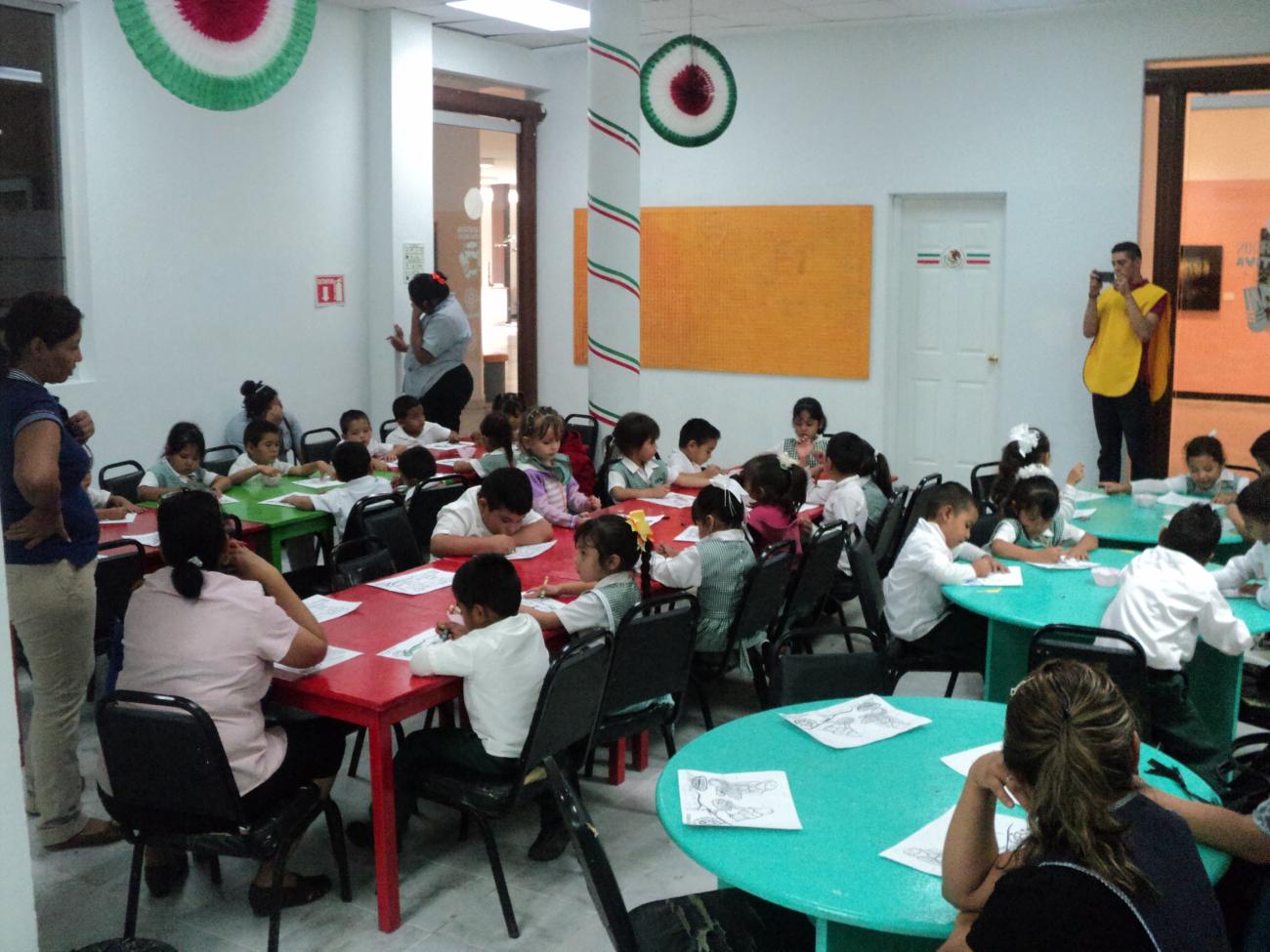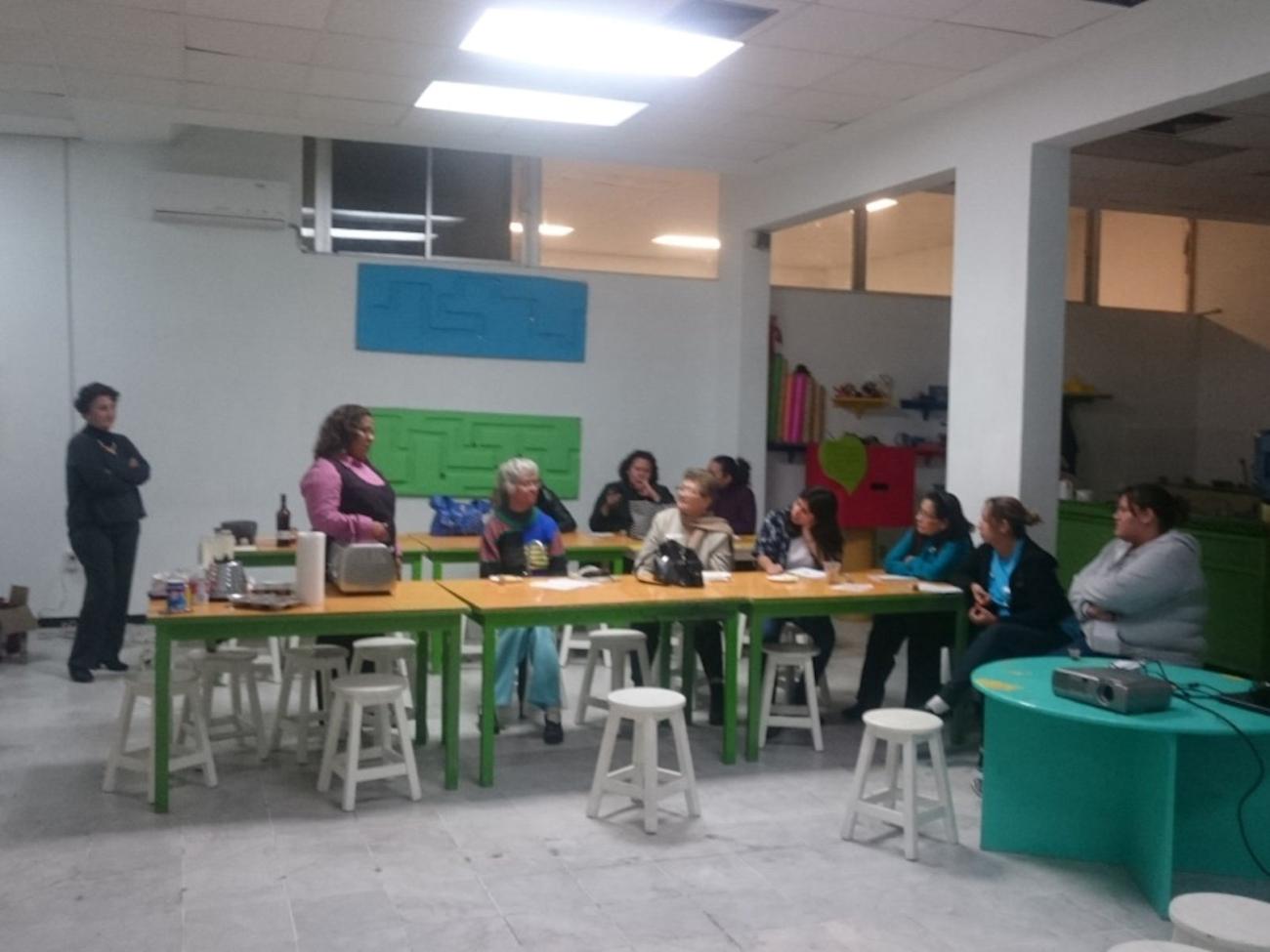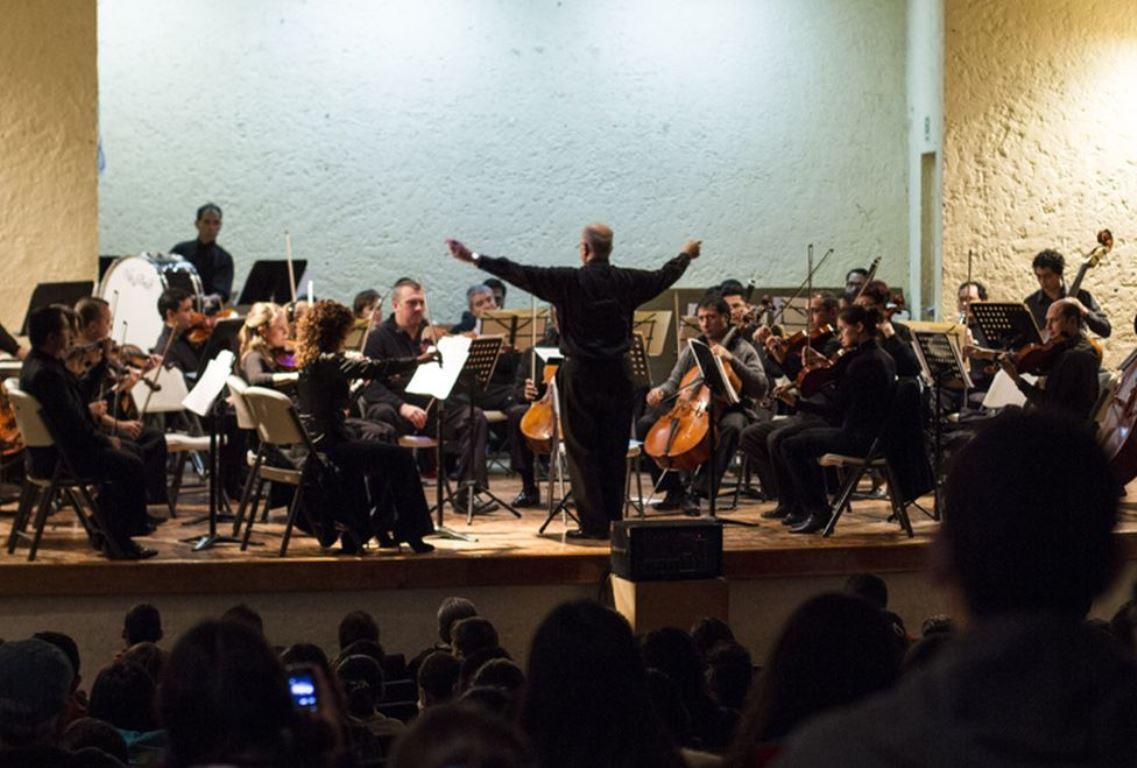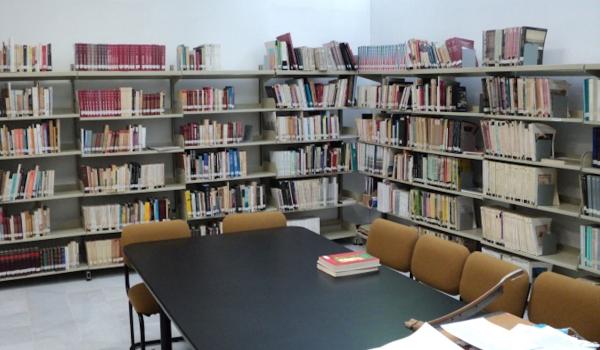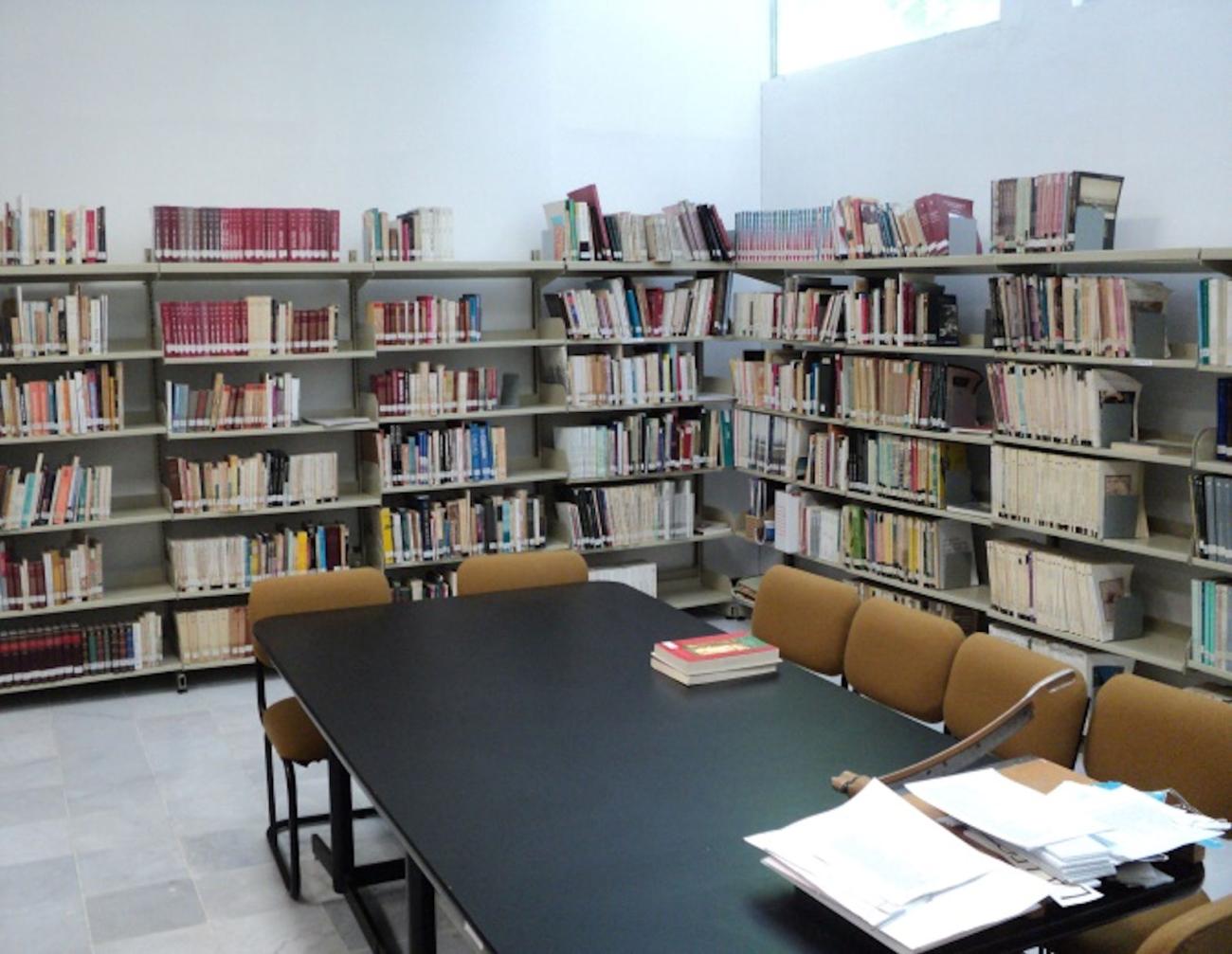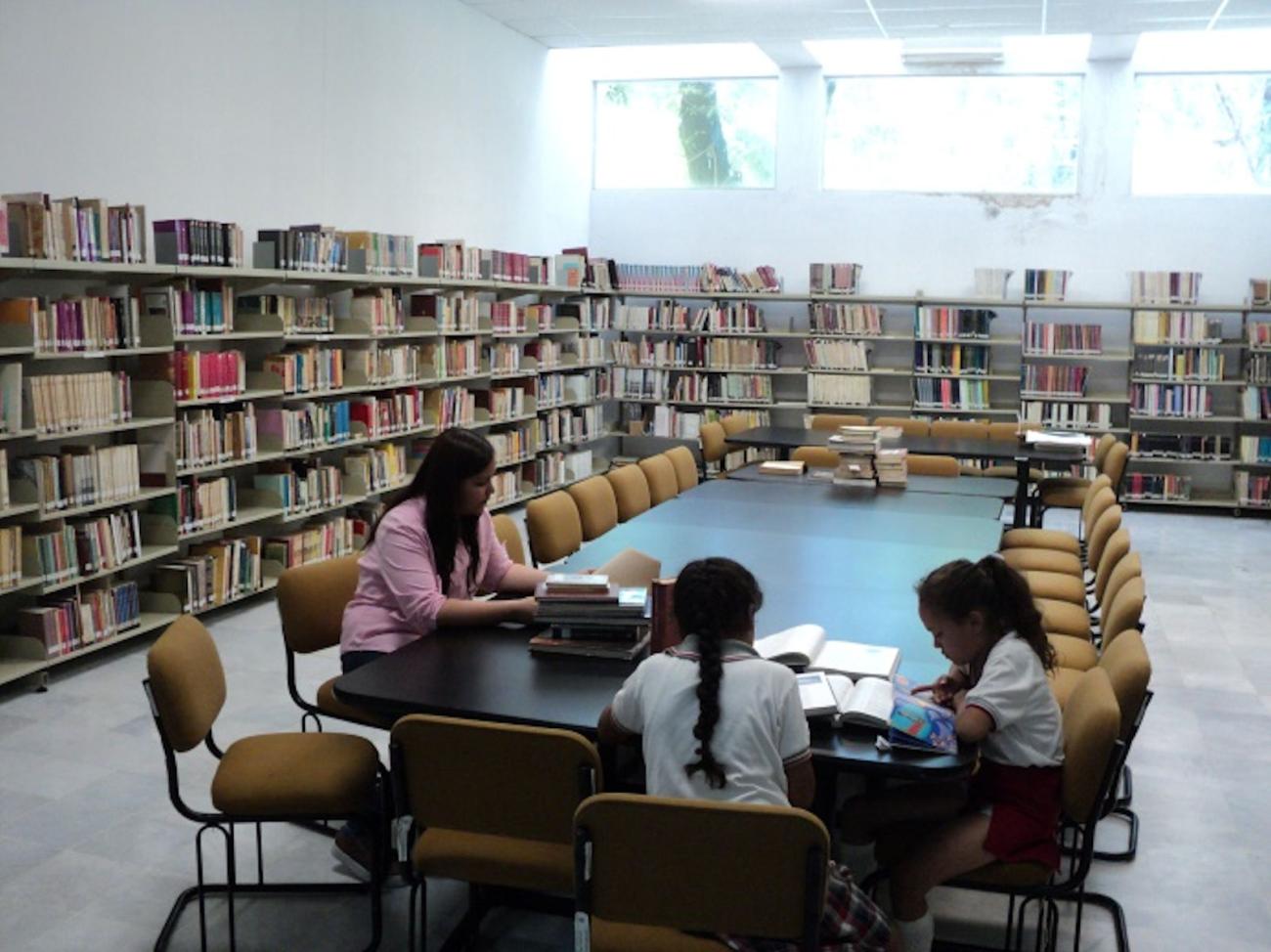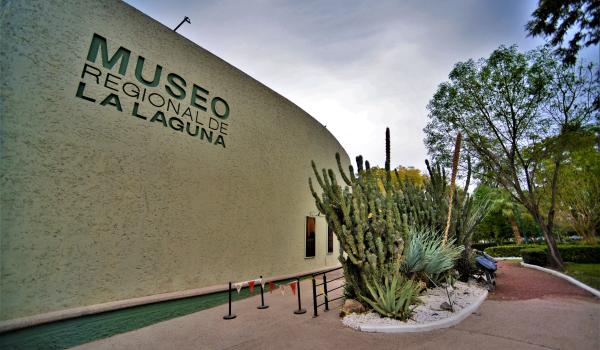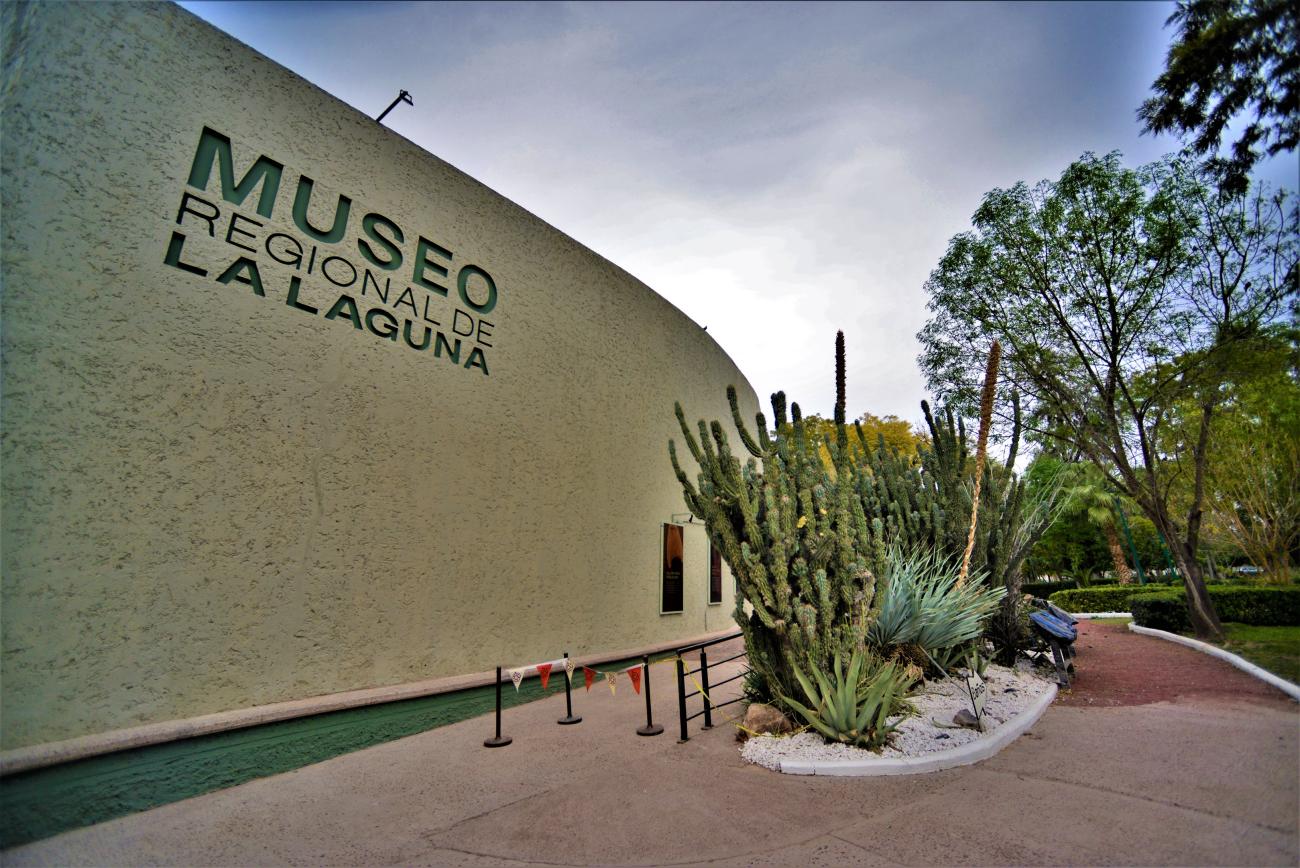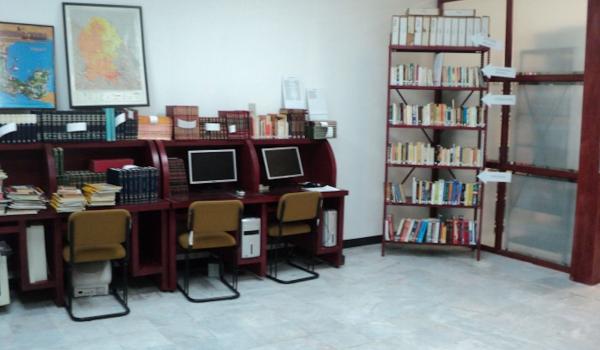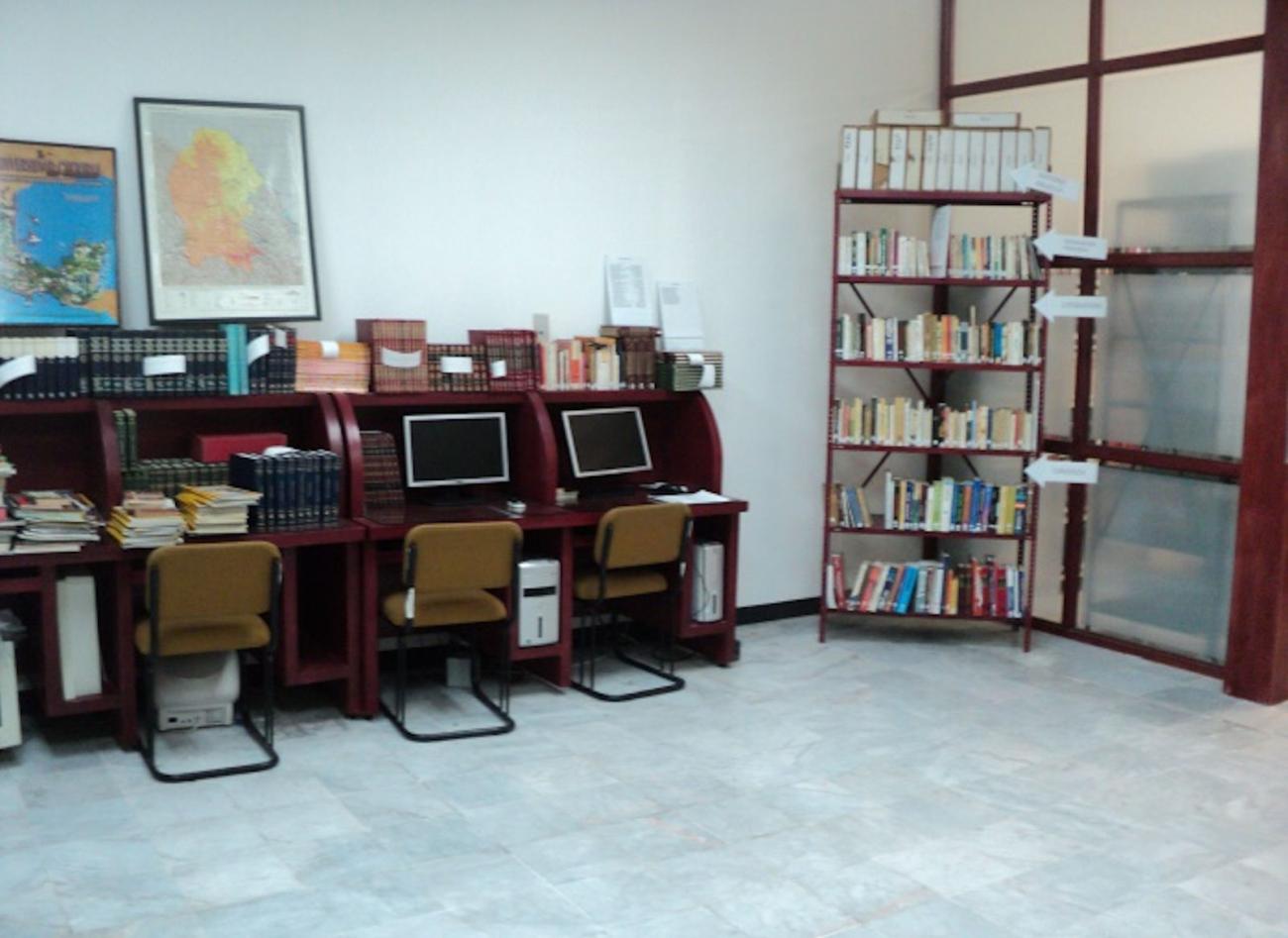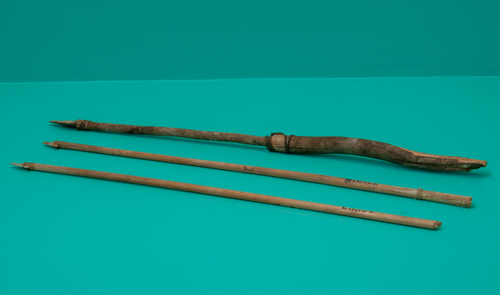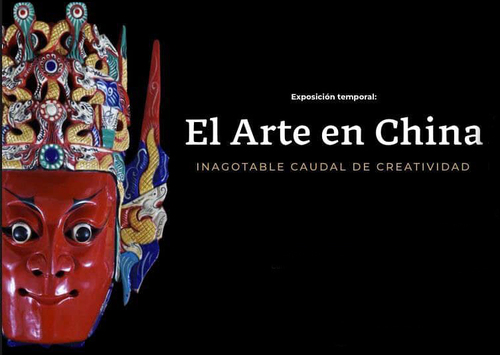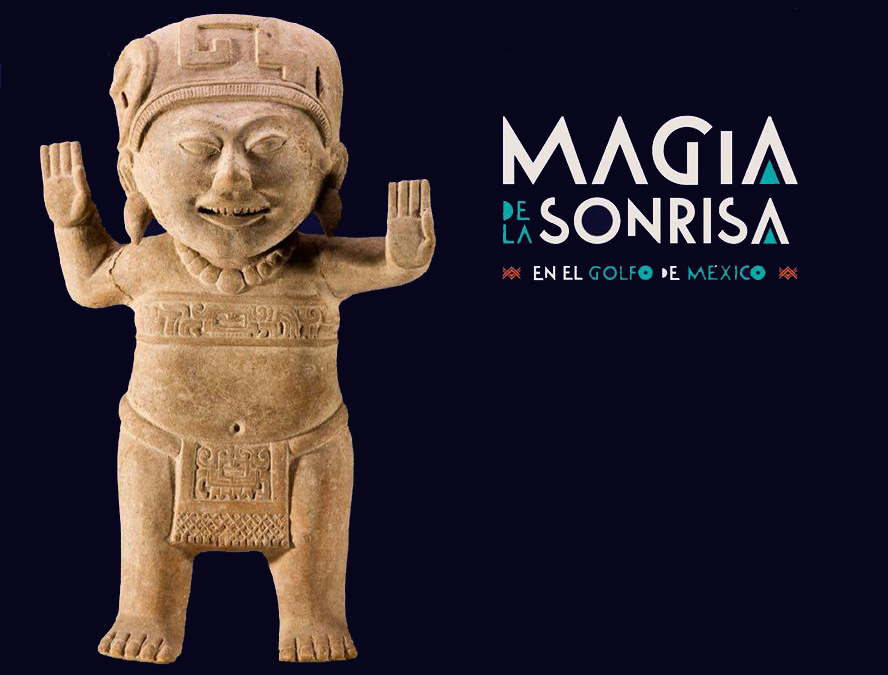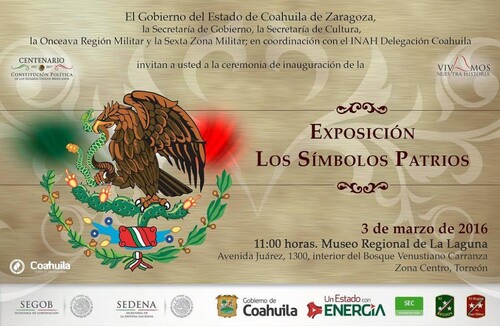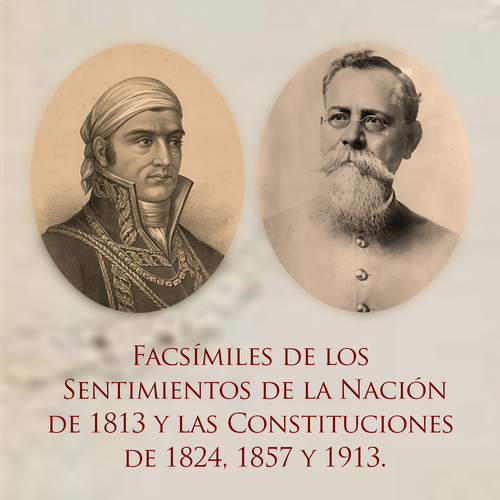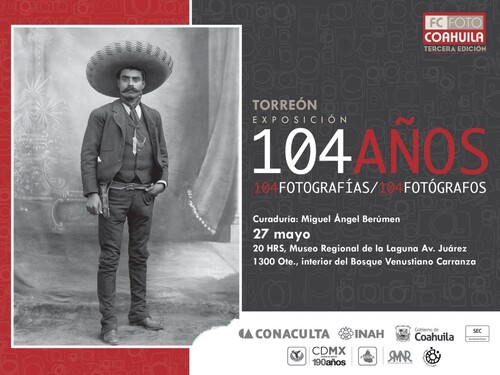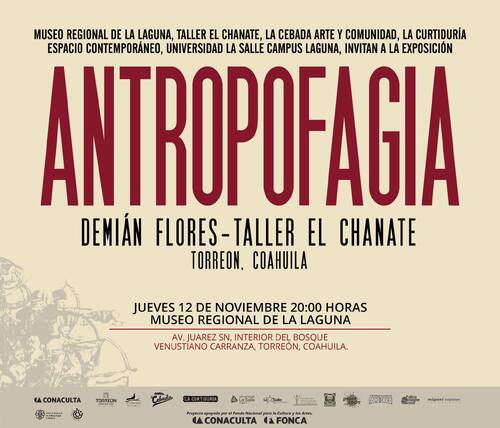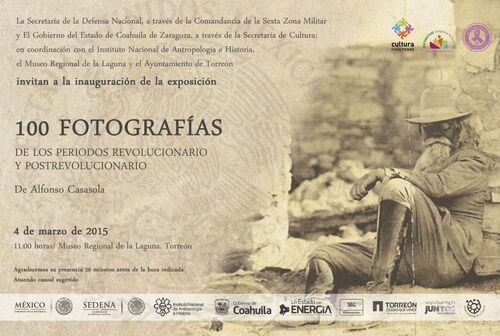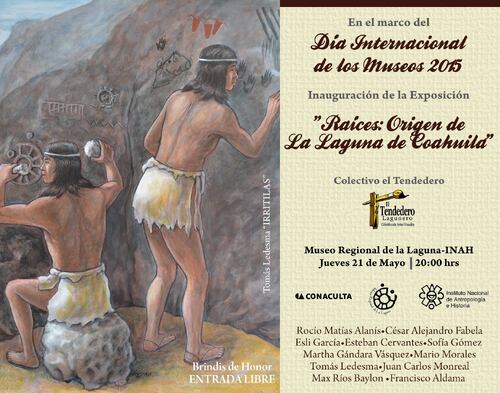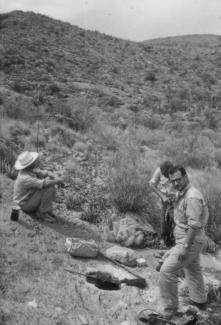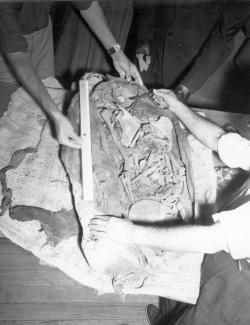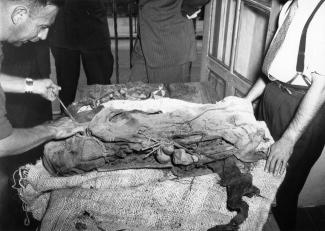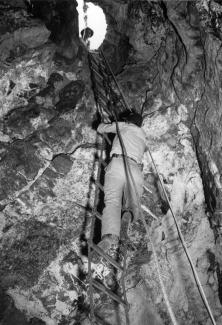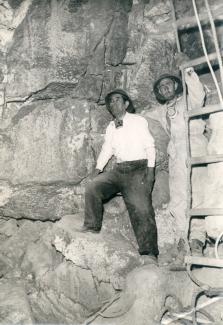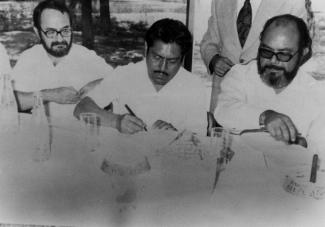This museum holds archeological objects from the region which hold great historical value for the inhabitants of the desert and the north of Mexico. The Laguna region is shared by two states in Mexico (Coahuila and Durango) and this museum benefits the whole area. Its predecessor was the Laguna Cultural Centre, founded on November 6, 1970, by a group of distinguished citizens who wanted to publicize and exhibit the region’s heritage by means of a museum in the city of Torreón. When an interdisciplinary team of researchers from the National Institute of Anthropology and History (who had previously explored the Cueva de la Candelaria, located in the heart of the La Laguna region) discovered a significant number of mortuary bundles and other archeological objects, it became imperative to create a space which would allow for research, preservation and exhibition of these objects. Therefore, on November 22, 1976, the La Laguna Regional Museum opened its doors.
It has four permanent exhibition rooms. The first focuses on ‘Regional archeology’. This room exhibits the objects found in the Cueva de la Candelaria, mostly artifacts and instruments used by the Laguna tribes (Paoquis, Caviseros, Ahomanes, Anuopas, Irritalas, among others), as well as clothing and human remains. The second is ‘Central America’. It exhibits ceramic pieces from the Oaxaca area, the Gulf, the Mayan region, the West of Mexico and the Central Highlands. Next is the Licio Lagos Collection. It holds reproductions inspired by pre-Hispanic pieces from different Mesoamerican cultures, made by modern-day craftsmen and donated by the famous architect from Veracruz. Lastly is Ethnography. This exhibits clothing and objects belonging to groups from the states of Michoacán, Chiapas, Coahuila, Oaxaca and Guerrero.







